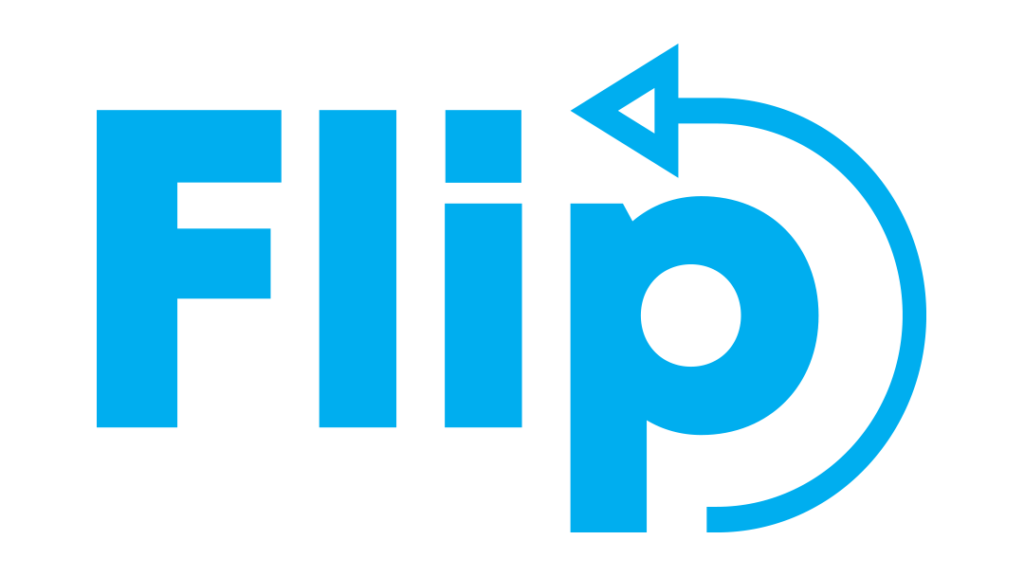Introduction
A successful digital marketing strategy needs a landing page that is carefully designed. A high-converting direct response landing page may make all the difference, whether your goal is to increase leads, increase sales, or promote a particular deal. The essential components that enhance a direct response landing page’s performance will be discussed in this article. You may increase engagement, improve conversions, and accomplish your marketing goals by optimising these features.
1. Compelling Headline and Subheadline
Your landing page’s title and subheadline are the first things visitors see, and they are crucial in grabbing their attention and communicating the value proposition. 80% of consumers read the headline, while only 20% read the body of the article, according to a Copyblogger research. Create a catchy headline that expresses the benefit or resolution your product offers in a straightforward and concise manner. Support it with a subheadline that offers more context, grabs the reader’s attention, and incites them to continue reading.
2. Clear and Persuasive Call-to-Action
A call-to-action (CTA) is an essential component of a landing page that converts well. It directs visitors to take the required action, such as requesting a demo, making a purchase, or subscribing to a newsletter. The CTA ought to be convincing, obvious, and straightforward. Employ language that encourages visitors to perform the required action, such as “Get Started Immediately” or “Claim Your Complimentary Trial.” Moreover, make sure the CTA button is properly positioned for optimal visibility and stands out aesthetically from the rest of the page.
3. Relevant and Engaging Content
Your landing page’s content should be succinct, pertinent, and interesting. Explain your offer’s value proposition succinctly and emphasise its advantages. Make the text scannable and simple to understand by using bullet points, concise paragraphs, and subheadings. To establish credibility and trust, use persuading components like case studies, testimonials, and statistics that are supported by data. A HubSpot study found that testimonials can boost conversions by 34%. Focus on the visitor and how your offer can meet their demands or solve their problem.
4. Captivating Visuals and Design
In order to capture visitors’ attention and produce a great user experience, visual components are essential. Use compelling visuals or films that are pertinent to your product and appealing to your target market. Visuals can elicit feelings, highlight the benefits of a product, or portray the desired result. Pay close attention to the landing page’s general design to make sure it is eye-catching, orderly, and clutter-free. To bring attention to crucial elements, use contrasting colours, and make sure the page is mobile-responsive for a consistent user experience across devices.
5. Trust-Building Elements and Social Proof
Conversions on a landing page depend on establishing trust. Provide features that foster trust to allay any scepticism or worries visitors may harbour. Showcase trust badges, security seals, or certifications to persuade customers that your offer is reliable and safe. Conversions can be greatly impacted by adding social evidence, such as client testimonials, reviews, or success stories. 82% of shoppers examine internet reviews before making a purchase, according to a BrightLocal survey. Use social proof to highlight prior customers’ positive experiences and inspire trust in your offer.
Conclusion
Paying close attention to the numerous components that work together to promote engagement and conversions is necessary to build a high-converting direct response landing page. Each aspect serves a critical part in encouraging visitors to take action, from a compelling headline and clear call-to-action to pertinent content, attractive imagery, trust-building components, and social proof.


